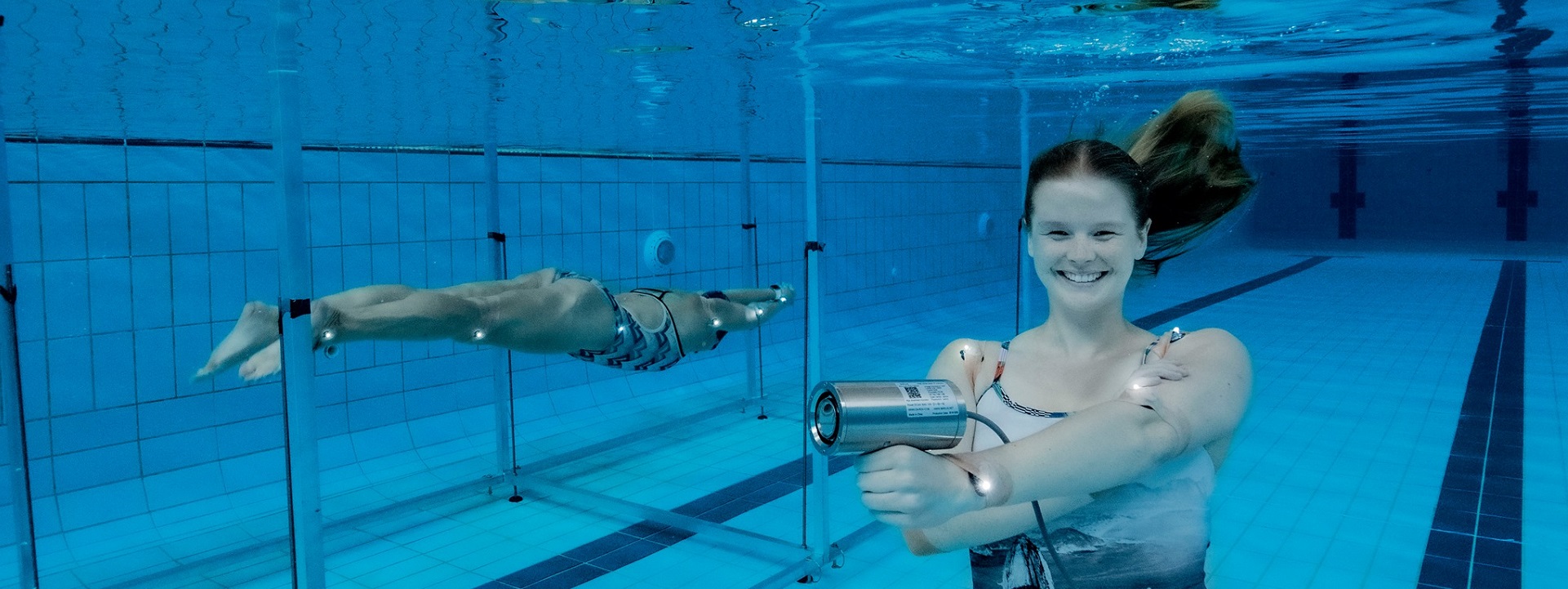Blessing of the Backpacks
- Home Page 161

Summer Week 31 | July 28 – August 3
Monday | July 28 | Colloquium 15:00 UTC
Tuesday | July 29 | Colloquium 15:00 UTC
Wednesday | July 30 | Colloquium 15:00 UTC
Thursday | July 31 | Colloquium 15:00 UTC
Friday | August 1 | Colloquium 15:00 UTC
Swiss National Day
Saturday | August 2
Sunday | August 3
Sunday | August 8
EV Charging Stations Integration into Public Lighting Infrastructure
Technical Conditions of EV Charging Stations Integration into Public Lighting Infrastructure
Regional Energy Agency North, Koprivnica, Croatia
Danijel Topic – Goran Knezevic – Matej Znidarec
University of Osijek
Abstract: Increase in the number of electric vehicles (EV) is closely related to the availability of a charging station network. Users of electric vehicles require high-quality distribution and well-covered charging network. The obstacles in electric mobility are small mobility of electric cars due to the lack of charging stations. The main objective of the paper is to encourage the growth of electric mobility through the development of electric vehicle charging stations. Integration of EV charging stations in public lighting infrastructure with proper demand side management (DSM) is a step forward to microgrid system deployment. It can contribute to microgrid stability and decrease distribution network dependence. Electric vehicles have a significant role in peak load shaving in microgrid due to its threefold role. They can be observed as demand side, supply side or storage. As a consumer or storage, they can take over energy surplus from a distributed generation or provide stored energy in key moments as flexible supply. In that way, they actively participate in the microgrid. Technical possibilities of EV charging stations integration in public lighting infrastructure are explored through this paper. Special attention is devoted to conditions and limitations of charging stations integration regarding power system grid, public lighting system and legislative framework. Paper provides fundamentals of EV charging stations and public lighting system where possibilities and limitations of integration are presented. Furthermore, the paper deals with limitations from the perspective of transformer capacity and cable cross sections which are obtained through analysis of calculated results.
CLICK HERE to order complete paper
Line-of-Sight
This content is accessible to paid subscribers. To view it please enter your password below or send mike@standardsmichigan.com a request for subscription details.
Vikings for Life
This content is accessible to paid subscribers. To view it please enter your password below or send mike@standardsmichigan.com a request for subscription details.
Water and Electricity
Supporting swimming pools with electricity involves various essential functions such as filtration, heating, lighting, and sanitation. Ensuring safety and energy efficiency is crucial, and pool owners can take steps to minimize electricity costs and environmental impact. Key points:
Filtration and Circulation: Swimming pools rely on electric pumps to circulate water through filters, removing debris and maintaining water quality.
Heating: Electric heaters or heat pumps are used to regulate water temperature for comfort, especially in colder seasons.
Lighting: Underwater and pool area lighting enhance safety and aesthetics, typically powered by electricity.
Chlorination and Sanitation: Electric chlorinators or ozone generators help maintain water cleanliness and hygiene.
Automation: Electric control systems enable pool owners to manage filtration, heating, and lighting remotely for convenience and energy efficiency.
Energy Efficiency: Pool owners can invest in energy-efficient equipment, like variable-speed pumps and LED lighting, to reduce electricity consumption and operating costs.
Operations and Maintenance: Regular electrical maintenance ensures safe and reliable pool operation, preventing electrical faults and hazards. The electricity cost for pool operation can be significant, so pool owners should consider energy-efficient practices and equipment to reduce expenses.
Education communities present one of the largest installed bases of artificially created bodies of water; the most abundance resource on earth. These bodies vary in size, purpose, and design but are all created by human intervention to serve specific needs, whether practical, recreational, or aesthetic. Safe and sustainable management of them in the Unite States are informed by best practice found in Article 680 of the National Electrical Code with scope statement below:
Construction and installation of electrical wiring for, and equipment in or adjacent to, all swimming, wading, therapeutic, and decorative pools; fountains; hot tubs; spas; and hydromassage bathtubs, whether permanently installed or storable, and to metallic auxiliary equipment, such as pumps, filters, and similar equipment.
Consultation on the First Draft of the 2026 revision closes August 24, 2024.
Related:
Pool, Fountain, Agriculture & Water Infrastructure Electrical Safety
https://www.si.com/extra-mustard/2016/08/15/michael-phelps-poses-bottom-university-michigan-pool-2005
New update alert! The 2022 update to the Trademark Assignment Dataset is now available online. Find 1.29 million trademark assignments, involving 2.28 million unique trademark properties issued by the USPTO between March 1952 and January 2023: https://t.co/njrDAbSpwB pic.twitter.com/GkAXrHoQ9T
— USPTO (@uspto) July 13, 2023
Standards Michigan Group, LLC
2723 South State Street | Suite 150
Ann Arbor, MI 48104 USA
888-746-3670



























